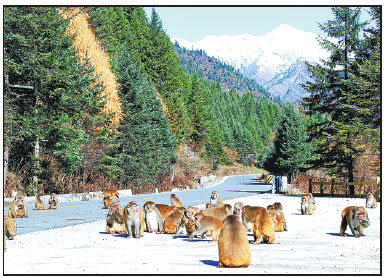Golden ice
Updated: 2016-02-12 08:26
By Li Yang(China Daily)
|
||||||||
A glacier in Southwest China has been feeding its surroundings with tourism, Li Yang reports in Aba, Sichuan province.
Dagu Glacier on the Qinghai-Tibet Plateau is thought to have been formed millions of years ago, but it remained unknown until 1992, when scientists discovered it through satellite images.
Located in Heishui county in the Aba Tibet autonomous prefecture of Southwest China's Sichuan province, the glacier is 280 kilometers northwest of Chengdu, the provincial capital, making it among the world's rarest ice bodies to be at close proximity of a full-fledged urban space.
Dagu can swell up to 200 meters in thickness and covers an area of 8.25 square kilometers along three adjacent mountains, with the highest being at around 4,600 meters above sea level. At the center of a large national park, the glacier is situated amid one of the country's least-populated places.
Heishui River that originates from the glacier runs through a small village where some 30 Tibetan families live. While the residents have revered the mountains for generations, even they didn't know of the glacier's existence as it remained hidden in the snow.
But with all its pretty houses made of wood, earth and tiles, the village has become a tourist spot now, thanks to Dagu.
The Tibetan families still maintain their traditional lifestyle, raising yaks, picking herbs and running small eateries for travelers. During festivals, they host folk events for visitors.
Nearly 90,000 soldiers of the Red Army crossed the village from 1935-36 and were warmly welcomed by its residents during the Long March from China's south to its north. A temporary conference venue for the troops and their barracks have also become places of historical interest.
In 2003, provincial authorities stepped up efforts to protect the primeval forests and wildlife here, especially the rare Sichuan snub-nosed monkey.
The national park was later established and a network of cable cars was built to afford visitors stunning views of the glacier.
As the glacier descends down the mountains, blue lakes with floating ice come into sight. Wooden pathways line the edges of the lakes.
Travel time to the glacier's base from a point by a cable car is roughly 15 minutes and a sightseeing tour is usually completed within two hours. An on-site bus service is also available. The national park has more than 1,000 kinds of plants and 153 species of animals. Travelers can watch the monkeys, wild sheep and birds.
The change in colors of leaves through the four seasons gives the park an additional touch of charm. But the favorite season for many tourists is fall, when the forests blaze in hues of gold and red. Set against the reflection of blue lakes that are surrounded by snow-capped mountains, the experience is balmy, especially for city dwellers.
The forests are mostly temperate deciduous, with glacial erosion landforms featuring sharp gravel and detritus on the higher reaches of the mountains. Hiking the area's meandering roads is like going on a trip to a botanical garden. The alpine rose, which is unique to high-altitude regions, is a true beauty of the place.
According to the local tourism bureau, the glacier sees 130,000 to 150,000 visitors every year. Locals say the glacier has receded by hundreds of meters since 2008.
Although the river and lakes have enough water to nurture the forests and wildlife, the shrinking of Dagu is a worrisome reminder of the harmful effects of global warming.
Contact the writer at liyang@chinadaily.com.cn
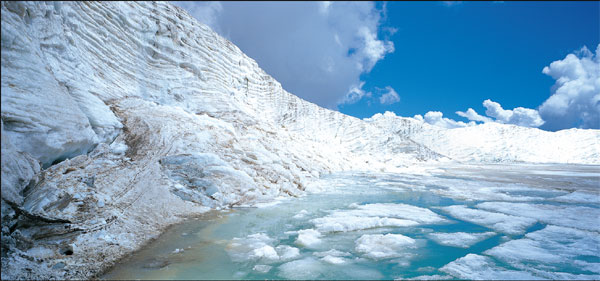
|
Top: The magnificent view of the glacier attracts 130,000 to 150,000 visitors every year to the national park, 280 kilometers northwest of Chengdu, Sichuan province. Left: Visitors can travel by cable car between the mountains. Right: The glacier viewed from the wooden pathways. Photos Provided To China Daily |
|
Wild monkeys add fun to a visit to the Dagu glacier. |
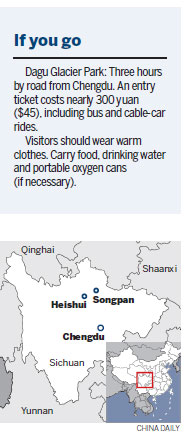
|
Colorful natural scenery of the Dagu Glacier Park in different seasons. |
(China Daily 02/12/2016 page10)
- ASEAN wants good US-China relations
- Jury finds NYPD's Liang guilty in fatal shooting
- Major powers agree on plan to break Syria deadlock
- Munich Security Conference opens amid concerns
- General strike against pension reform brings Greece to standstill
- Madrid airport sounds alarm after bomb threat on Saudi plane
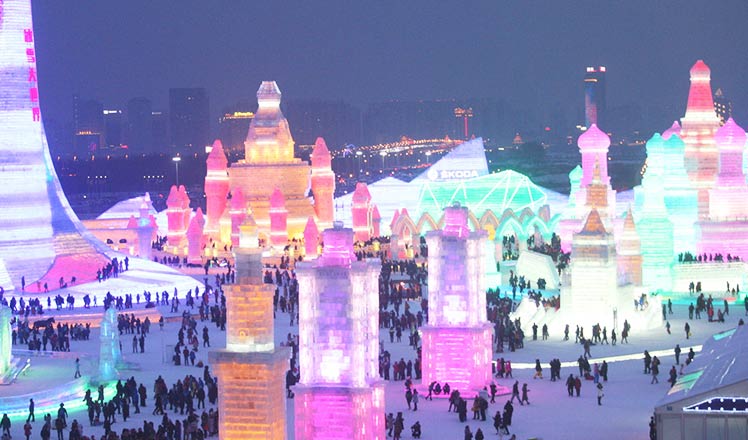
 Spectacular Harbin snow sculptures draw holidaygoers
Spectacular Harbin snow sculptures draw holidaygoers
 First Capitol billing for Lunar New Year
First Capitol billing for Lunar New Year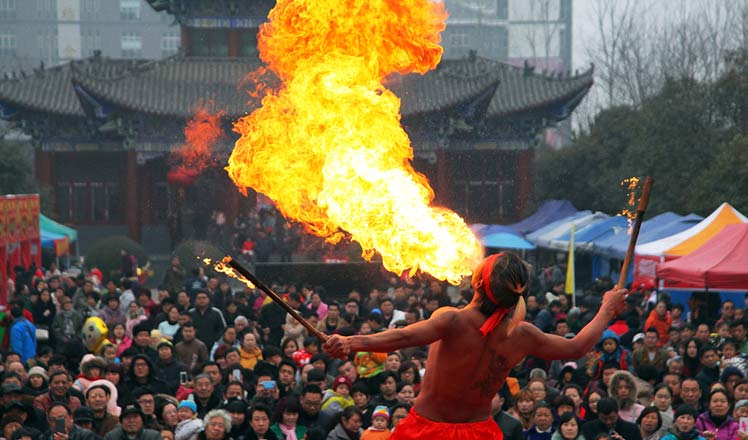
 All you need to know about China's Spring Festival temple fairs
All you need to know about China's Spring Festival temple fairs
 Special souvenirs
Special souvenirs
 Opening bell on Chinese New Year's Day
Opening bell on Chinese New Year's Day
 The world celebrates Spring Festival with China
The world celebrates Spring Festival with China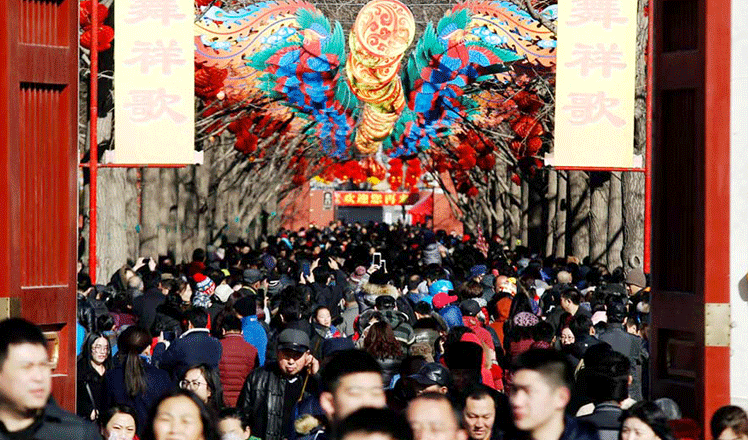
 Ditan Park temple fair embraces Chinese New Year
Ditan Park temple fair embraces Chinese New Year
 Xi Jinping grieves over Taiwan quake, vows aid
Xi Jinping grieves over Taiwan quake, vows aid
Most Viewed
Editor's Picks

|

|

|

|

|

|
Today's Top News
National Art Museum showing 400 puppets in new exhibition
Finest Chinese porcelains expected to fetch over $28 million
Monkey portraits by Chinese ink painting masters
Beijing's movie fans in for new experience
Obama to deliver final State of the Union speech
Shooting rampage at US social services agency leaves 14 dead
Chinese bargain hunters are changing the retail game
Chinese president arrives in Turkey for G20 summit
US Weekly

|

|

